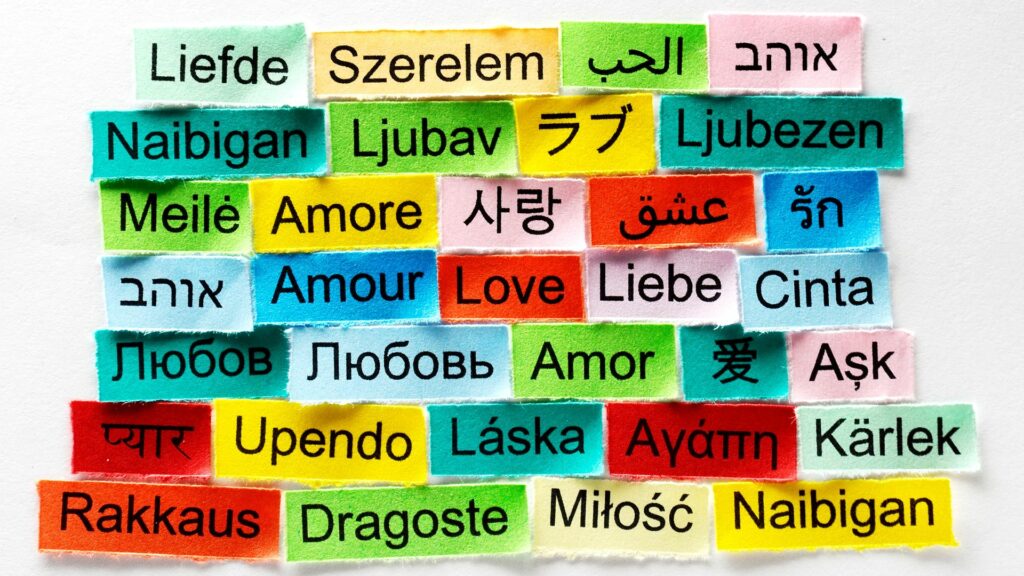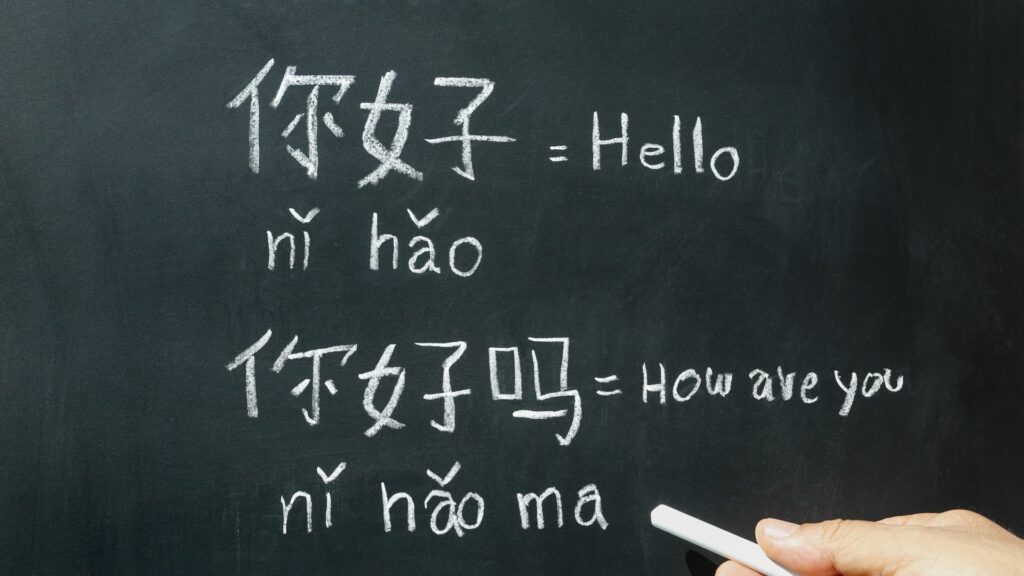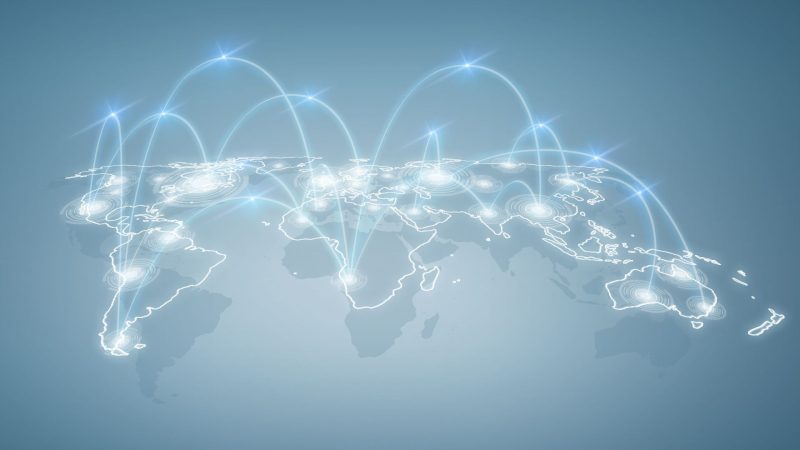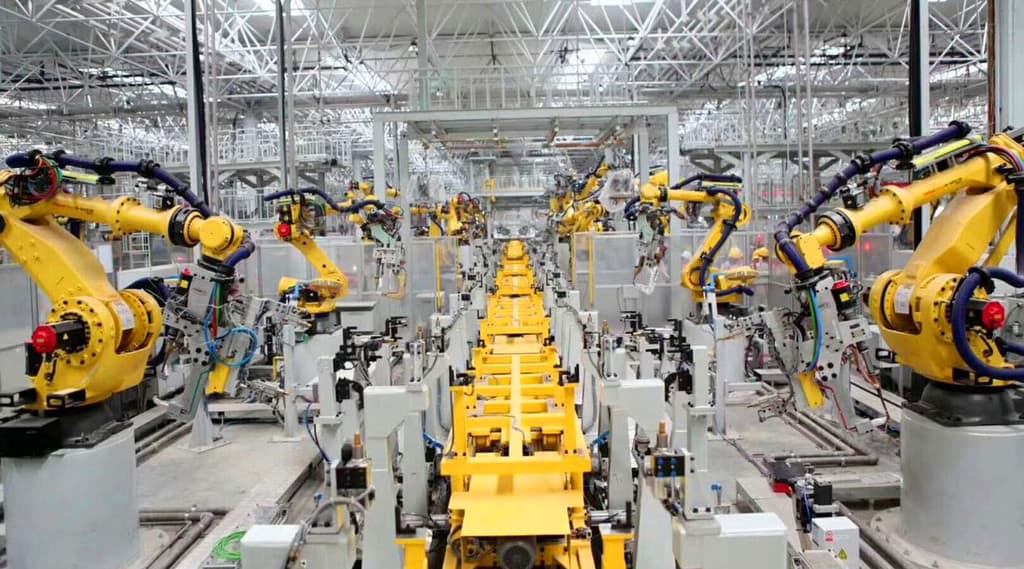In our increasingly interconnected world, the ability to communicate across linguistic and cultural boundaries is more crucial than ever. This is where the fields of translation and interpreting come into play, serving as the vital bridges that facilitate effective communication. In this comprehensive article, we will delve deeper into the world of translation and interpreting, examining their distinctions, challenges, and significance in our globalized society. Additionally, we will explore the unique context of English-Chinese translation and interpretation, given the immense importance of these languages on the global stage.

Translation: Bridging Written Language Barriers
Translation is the art of converting written or text-based content from one language into another while preserving the original meaning, tone, nuances, and cultural context. Professional translators possess a profound understanding of both the source and target languages, as well as the cultural references and idiomatic expressions embedded within the text.
The Challenges of Translation:
- Cultural Sensitivity: Translators must navigate the intricate landscape of cultural nuances to avoid inadvertently causing offense or misunderstanding due to differences in customs, values, or taboos.
- Example: In translating a marketing slogan from English to Chinese, a direct translation may inadvertently use words or phrases that have negative connotations in Chinese culture. A skilled translator will adapt the slogan to resonate positively with the Chinese audience while staying true to the brand’s message.
- Idiomatic Expressions: Literal translations of idiomatic expressions often result in nonsensical or confusing output. Translators must skillfully adapt these phrases while retaining their intended meaning.
- Example: The English idiom “It’s a piece of cake” would make little sense if translated literally into Chinese. Instead, the translator would use a Chinese equivalent like “简单得很” (jiǎndān de hěn), which means “very simple.”
- Technical Expertise: Specialized fields such as legal, medical, or technical translation demand in-depth knowledge of industry-specific terminology and concepts.
- Example: Translating a medical document from English to Chinese requires not only linguistic skills but also a deep understanding of medical terminology and procedures in both languages to ensure accurate communication between healthcare professionals.
- Transcreation: In marketing and creative content, translators may need to creatively adapt the message to resonate with the target audience while staying true to the original intent.
- Example: When translating a humorous advertising campaign from English to Chinese, the translator may need to find culturally relevant humor and wordplay that evokes a similar response from the Chinese audience.
- Maintaining Consistency: In long and complex documents, such as novels or technical manuals, maintaining consistency throughout the translation is essential. Consistency ensures that the reader does not encounter confusion due to variations in terminology or style.

English-Chinese Translation Context:
The English-Chinese language pair represents one of the most critical translation dynamics globally. Chinese, with its diverse dialects and writing systems, poses unique challenges for English-speaking translators. Additionally, the increasing global influence of China in various sectors, from technology to commerce, underscores the significance of accurate and culturally sensitive translation.
- Example: Translating English legal contracts into Chinese requires careful consideration of the differences in legal systems and terminology. The translator must ensure that the translated contract accurately reflects the legal intent and obligations of the parties involved.

Interpreting: Real-Time Language Mediation
Interpreting, in contrast to translation, entails orally translating spoken language from one language to another in real-time. Interpreters play a pivotal role in facilitating communication in diverse settings, including conferences, courtrooms, medical appointments, and diplomatic negotiations.
The Challenges of Interpreting:
- Simultaneous vs. Consecutive: Interpreters may perform simultaneous interpretation (translating while the speaker continues speaking) or consecutive interpretation (waiting for the speaker to finish before translating). Both require intense concentration and exceptional memory.
- Example: Simultaneous interpretation is often used in large conferences where multiple languages are spoken. Interpreters must listen, process, and speak almost simultaneously to keep up with the speaker.
- Speed and Accuracy: Interpreters must process information quickly and accurately, often working under pressure in fast-paced environments.
- Example: In diplomatic negotiations, interpreters must ensure that each side’s messages are accurately conveyed in real-time to avoid misunderstandings or miscommunications that could have significant consequences.
- Non-Verbal Cues: Interpreters must also be attuned to non-verbal cues, such as gestures, tone, and facial expressions, to convey the speaker’s full message accurately.
- Example: In a business negotiation, a speaker’s body language or tone may convey nuances or reservations that are not explicitly stated. The interpreter must convey these non-verbal cues to ensure a complete understanding.
- Emotional Resilience: In situations like courtrooms or medical emergencies, interpreters may encounter emotionally charged and distressing content, demanding strong emotional resilience.
- Example: In a courtroom, an interpreter may have to translate emotionally charged testimonies accurately, even when the content is distressing. Emotional resilience is crucial in maintaining professionalism and accuracy.
- Handling Technical Jargon: In technical or scientific settings, interpreters must quickly grasp and convey complex terminology accurately.
- Example: During a scientific conference, an interpreter must understand and translate intricate discussions on subjects like quantum physics or genetic engineering, requiring a solid foundation in both languages and the subject matter.

English-Chinese Interpretation Context:
The demand for English-Chinese interpretation services is on the rise, primarily due to the economic significance of China. Interpretation plays a pivotal role in international business negotiations, diplomatic discussions, academic conferences, and cultural exchanges involving English-speaking and Chinese-speaking individuals. Precise interpretation is essential to avoid miscommunication and foster successful collaborations.
- Example: During high-stakes negotiations between American and Chinese business leaders, interpreters play a critical role in ensuring that complex trade agreements, investment deals, and contractual terms are accurately conveyed and understood by both parties.
The Importance of Translation and Interpreting
- Global Communication: Translation and interpreting are the keys to global communication, enabling businesses to expand internationally, governments to engage in diplomacy, and individuals to access information and services in foreign languages.
- Preserving Culture: These disciplines contribute to the preservation and promotion of cultural heritage by making literature, art, and historical documents accessible to a broader audience.
- Legal and Healthcare Access: Interpreters are indispensable in legal proceedings and healthcare settings, ensuring fair trials and accurate medical diagnoses for individuals who do not speak the local language.
- Business Expansion: Translation services are vital for global marketing campaigns, product localization, and multinational corporations aiming to reach diverse markets.
- Diplomacy and International Relations: Accurate interpretation is crucial in diplomatic negotiations and international forums, where a single misinterpretation could have far-reaching consequences.
- Education and Research: Translation and interpretation are essential in academia and research, allowing scholars to access and contribute to a global pool of knowledge.
Conclusion
Translation and interpreting are indispensable tools in our interconnected world, enabling people from different linguistic backgrounds to communicate effectively. These professions demand not only a deep understanding of language and culture but also specialized knowledge in various fields. In the context of English-Chinese translation, we have a large database of translators and interperters that can cater to your needs. Please feel free to contact us or leave a comment below.







